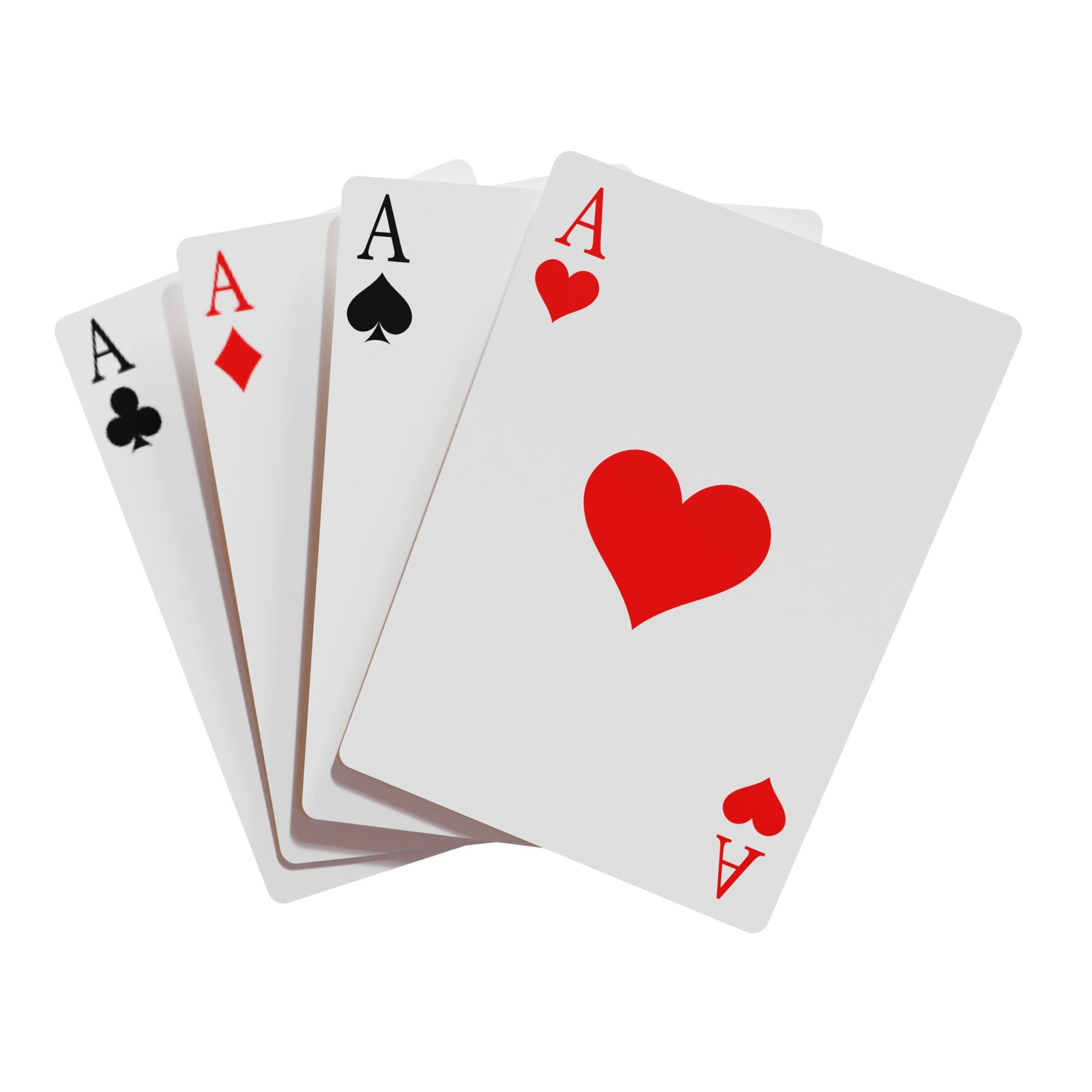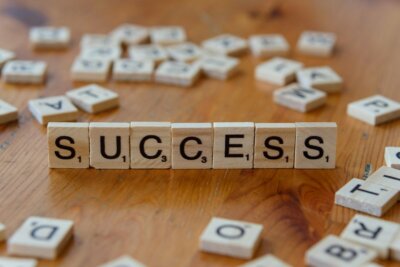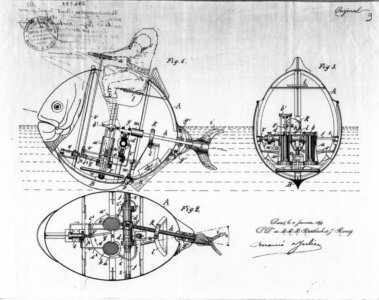Fans of magic are familiar with the name of Harry Houdini, this famous American illusionist of Hungarian origin whose specialty was to escape from a water-filled trunk . We know less about his Master, who inspired him for his stage name: Jean-Eugène Robert-Houdin.
This French illusionist, sometimes called “the father of modern magic”, was also an inventor, passionate about watchmaking and automatons.
It was enough for us to decide to write an article about it.
Childhood and early career
Jean-Eugène Robert was born in Blois on December 7, 1805. Very early on, he developed a passion for mechanics thanks to his father, a watchmaker, whom he observed in his workshop. But his father wanted him to study law, and he enrolled him in a school in Orléans (France) to study litterature. This is how Jean-Eugène became clerk.
Not very passionate about the notary profession, Jean-Eugène Robert did an apprenticeship in the workshop of one of his cousins, also a watchmaker. He eventually became a watchmaker in 1828 et began to travel in France for his profession, first in Tours, then Paris where he became a watchmaking commissioner at Jacques Houdin’s workshop, his future father-in-law.
It is from this moment that he will be called Robert-Houdin, to avoid being confused with numerous homonyms. He will also make an official request for a change of name after the death of his wife in 1843.
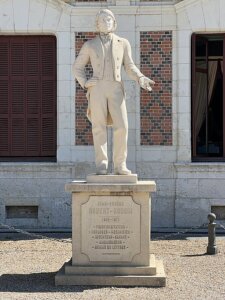
Robert-Houdin the inventor
Passionate about several technical fields (watchmaking, electricity, automatons…), Jean-Eugène filed several patents during his life, including the famous alarm clock-lighter in 1837, his first patent. Among his other inventions still used today, the odometer or the fencing electric lames, useful to detect touches during foil and sabre bouts. He also worked on the improvement of light bulbs and made a major contribution in the area of ophtalmology by bringing his knowledge of optics to the creation and manufacture of new observation tools. In 1866, he filed the patent for the pupilloscope, the pupillometer and the retinoscope and received the gold medal from the international congress of ophtalmology.
In his workshops, he made pendulums with hidden mechanisms and also built his own automatons, which he used in his career as an illusionist. For example, he created the writer-drawer, an automaton who answered the questions of the spectators with sentences or drawings, silver medalist at the National Exhibition of 1844. He gained a good reputation in this field.
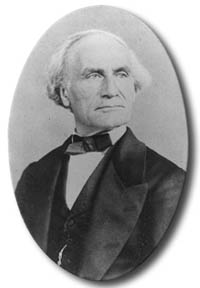
Robert-Houdin the illusionist
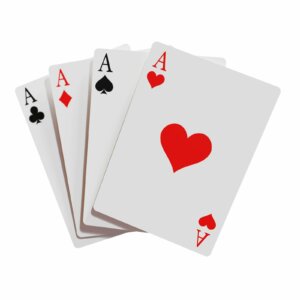
Jean-Eugène began his new career as an illusionist after his second wedding and the birth of his children, in 1844. Having discovered illusionism in books, he asked one of his friends, the Comte de l’Escalopier, to lend him money to build the Théâtre des Soirées Fantastiques (“Theater of Fantastic Evenings”), a theater specially designed for magic. On July 3, 1845, the first performance of Robert-Houdin’s “Fantastic Evenings” took place. It was a huge success. In his shows, spectators saw for the first time “magical” automatons, but also electricity and electro-magnetism tricks never seen before. He quickly made a name and a fortune, before returning to live near Blois where he died from pneumonia in 1871.
To go further…
Would you like to know more about the life of Jean-Eugène Robert-Houdin and his amazing magic tricks? Do not hesitate to visit The House of Magic, located since 1998 in Blois, in front of the Royal Castle, with a magic show, an exhibition and a shop selling magic accessories.
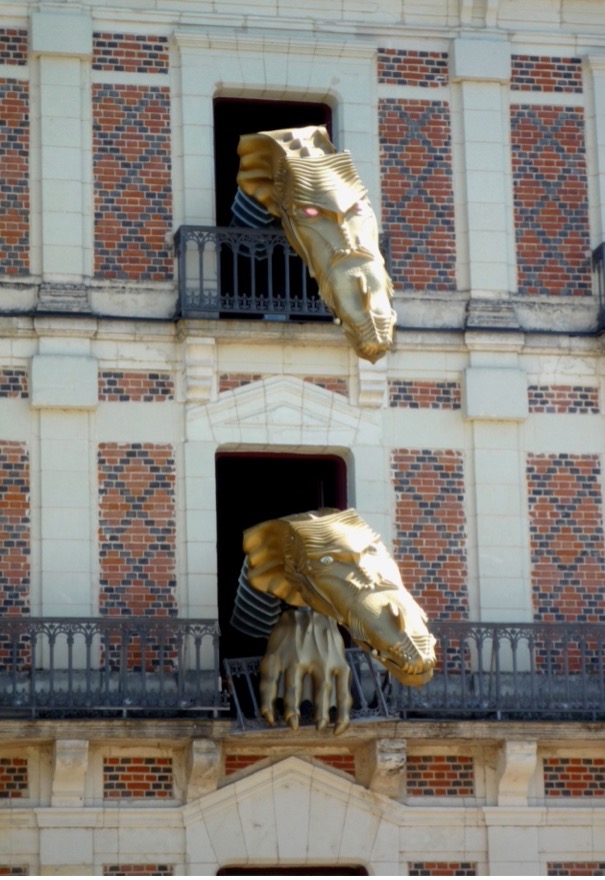
Other tributes have been paid to him, especially by Harry Houdini, or by Alexis Michalik, in his play The Art of Illusion.

